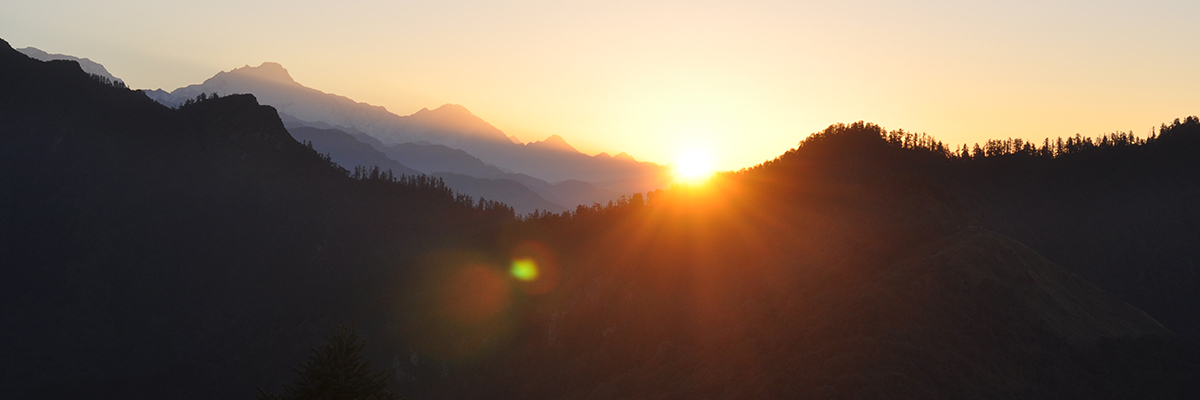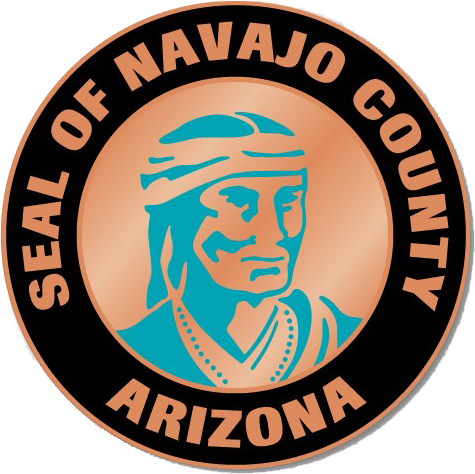
Native American Culture
Casa Malpais Ruins
Two miles north of Springerville, the Casa Malpais Ruins are home to the Mogollon Tribe and a national historic landmark. The Mogollon, Sinagua, Anasazi and Hohokam Tribes were the primary inhabitants of the region from 1100 to 1400 A.D. This sixteen acre pueblo complex was built over basaltic lava flows that were laid down about 50,000 years ago. The builders took advantage of the deep fissures created by the lava flows and built some of their architecture underground. The complex consists of a large masonry pueblo, a Great Kiva, an enclosing wall, three masonry stairways, a prehistoric trail, numerous isolated rooms, sacred chambers, rock art panels, and an astronomical observatory. Guided tours are available daily.
Lyman Lake
Created as an irrigation reservoir by damming the Little Colorado River, this 1,200-acre park encompasses the shoreline of a 1,500-acre reservoir at an elevation of 6,000 feet. It is fed by snowmelt from the slopes of Mount Baldy and Escudilla Mountain, the second and third highest mountains in Arizona. Water is channeled into this river valley from a 790-square-mile watershed extending into New Mexico. Rattlesnake Pointe Pueblo Trail, Peninsula Petroglyph Trail and the Ultimate Petroglyph Trail are popular venues that lead visitors through the paths of ancient tribal life. Check with Arizona State Parks for more information http://azstateparks.com/index.html
Fort Apache – Nohwike’Bagowa
The Cultural Center Nohwike’ Bagowa which is Apache for House of Our Footprints. It serves as a repository for the Tribe’s cultural heritage through the preservation of oral histories, archival materials and objects of cultural, historical and artistic significance to the White Mountain Apache people. Fort Apache is not only a historical living museum, but an art museum as well, featuring a variety of exhibits changing throughout the year.
Kinishba Ruins Museum
Located approximately four miles west of Fort Apache, the Kinishba Ruins National Historic Landmark is a satellite resource of the Fort Apache Historic Park. Occupied by Zuni and Hopi ancestors until about 1400 AD, the village was excavated and partly reconstructed in the 1930s by archaeologist Byron Cummings. In 1993 the site was placed on Congress’s Priority 1 list of threatened National Historic Landmarks. Stabilization work supported by grants from the Arizona Heritage Fund and the Save America’s Treasures program, administered by the National Park Service, has allowed the Tribe to preserve this important site.
Fort Apache Historic District Walking Tour
Twenty seven historic buildings make up the core of the 288-acre National Register Historic District. Following maps available at the museum, visitors can explore the district at their own pace. Interpretive signs located throughout the district explain the construction and use of the historic buildings and spaces allowing visitors to immerse themselves in the history of what many consider the best surviving example of an Apache Wars-era military post. The Fort Apache Cemetery is located 1/4 mile east of the main Fort grounds and is accessible by walking trail or road. Visitors interested in more adventure can hike the Historic Park’s recreational trails, including a 1.4 mile loop through the East Fork canyon that passes the site of an historic Apache Scout camp and a small Ancestral Pueblo village.




